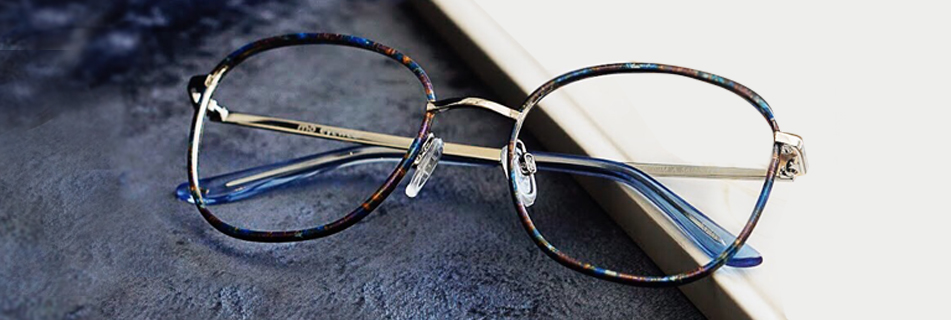
good habits and advice
With just a few simple daily movements you can keep your vision healthy.
Maintain a sensible distance between your eyes and the screen (around 2 to 3 metres).
Avoid staring at the screen without blinking, to prevent eye strain.
It is better to watch television with ambient lighting in order to stimulate your peripheral vision and reduce eye strain.
The recommended distance between your eyes and the screen is around 70-80 cm.
If you wear glasses when using a computer, use lenses with a special anti-reflective coating, such as the latest treatments that block a percentage of the harmful blue light that is produced by digital screens. This will help with visual comfort and will reduce the symptoms of eye strain (computer vision syndrome).
Avoid staring at the screen without blinking and remember to take regular breaks. If possible, get up once an hour and look into the distance through a window, as this will relax your eyes.
With tablets and e-books, the recommended reading distance is 40-45 cm.
Always maintain a minimum distance (30 to 40 cm) between your eyes and the book.
Try and find a place to read or study that is near a window, and take a short break at least once an hour when you are working up close. Looking out the window will help to relax your eyes.
Lighting is important. Use ambient lighting and a reading light to avoid creating shadows
During the day and whenever the sun is strongest, always make sure to protect your eyes with certified protective sunglasses. The CE certification mark guarantees that the product complies with obligatory legislation in terms of essential requirements.
There are a number of different categories of sunglasses lenses, catering for a variety of user requirements and ambient lighting.
- If you use prescription glasses, always make sure your prescription is correct and up-to-date, keep your lenses clean and free from scratches, have a spare pair to hand and have an eye test once a year with your optician or optometrist. Even if your glasses prescription is not very strong, that does not mean that you do not need them for driving.
- Use certified protective sunglasses to protect your eyes from UV radiation from the sun. Remember that you can use category 2 or 3 lenses, or polarised lenses that are designed to eliminate residual glare that may be produced by the light.
- If you have any kind of eye disease or disorder (such as visual acuity below the normal range, cataracts, glaucoma, retinal disorder, etc.), increase the driving safety distance, drive at a lower speed, avoid making long trips, take a break from driving once an hour and try not to drive when there is limited daylight (at dawn, at dusk or during the night).
- If you notice any changes to your vision (such as blurred vision, improved close-up vision, tiredness from eye strain, getting dazzled more at night, seeing worse at night, at dusk or at dawn, seeing rings of light around car headlights or streetlights), arrange an eye test.
- You can tell if your eyes are becoming strained if you begin to blink more regularly, particularly if you are wearing contact lenses. Avoid air blowing into your eyes through open windows. Use air conditioning in moderation. Don’t smoke inside the car. Avoid driving at night, in heavy traffic and in stressful situations. Always wear sunglasses when driving on sunny days, near the coast or when it has been snowing. If you feel the need to rub your eyes or close them in order to relax, stop the car and take a rest or sleep for a while.
- In order to avoid glare, keep your windscreen and glasses, should you use them, clean and free from scratches.
